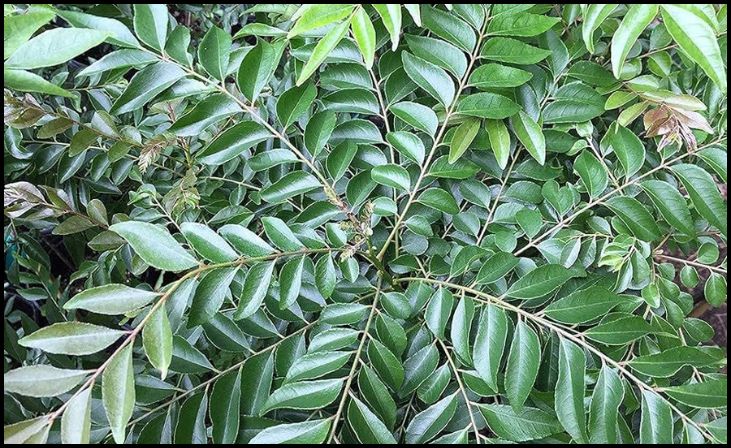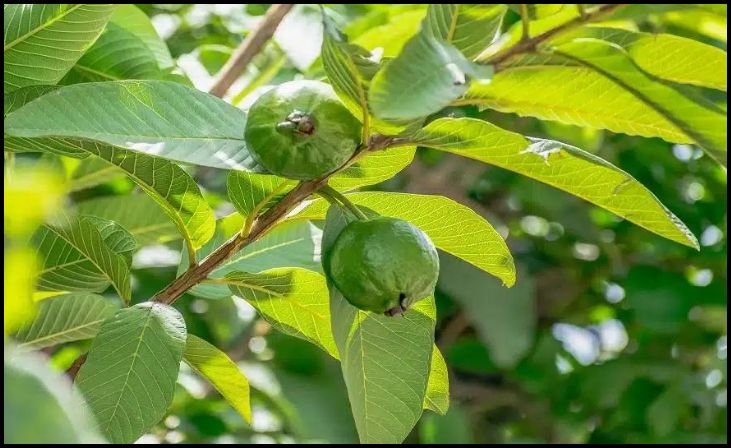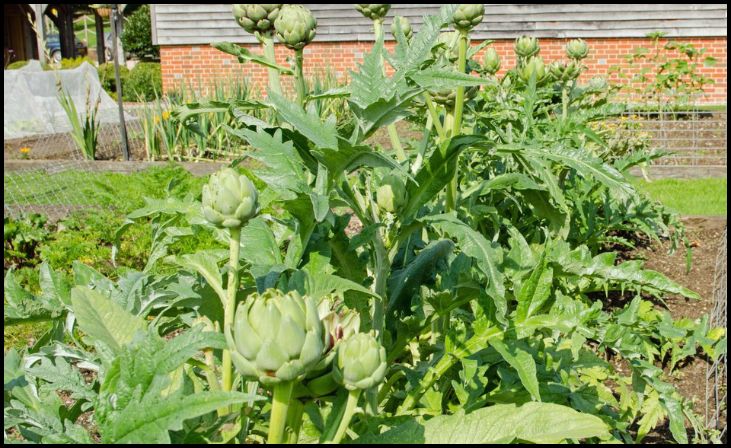Maintaining healthy blood sugar levels is crucial for overall well-being, especially for individuals with diabetes or those at risk of developing it. While medications and dietary restrictions play essential roles, incorporating natural remedies like certain leaves can complement these efforts. Let’s explore seven leaves known for their potential to help regulate blood sugar levels effectively.
Bitter Melon Leaves (Momordica charantia)
Bitter melon leaves, commonly used in traditional medicine, contain compounds like charantin, polypeptide-p, and vicine that have been shown to have hypoglycemic effects. These compounds help increase insulin secretion, improve glucose uptake by cells, and reduce glucose production in the liver. Including bitter melon leaves in your diet, either raw or cooked, can aid in managing blood sugar levels.
Curry Leaves (Murraya koenigii)

Curry leaves are not only renowned for their aromatic flavor in cooking but also for their potential health benefits, including blood sugar regulation. They contain antioxidants like phenols that help in reducing blood sugar levels by improving insulin action and promoting glucose uptake by cells. Adding curry leaves to your daily diet can be as simple as including them in your cooking or consuming them in the form of a herbal tea.
Fenugreek Leaves (Trigonella foenum-graecum)
Fenugreek leaves, commonly known as methi in India, have been used for centuries in traditional medicine to manage diabetes. These leaves are rich in soluble fiber, which slows down the absorption of carbohydrates and sugars in the bloodstream, thus preventing spikes in blood sugar levels. Additionally, compounds like trigonelline and galactomannan in fenugreek leaves help improve insulin sensitivity. Consuming fenugreek leaves regularly, either cooked or in the form of herbal supplements, can contribute to better blood sugar control.
Olive Leaves (Olea europaea)
Olive leaves contain bioactive compounds such as oleuropein and hydroxytyrosol, which have demonstrated potential in lowering blood sugar levels. These compounds help improve insulin sensitivity and reduce inflammation in the body, both of which are beneficial for managing diabetes. Incorporating olive leaves into your diet, either by brewing them into a tea or using them as a seasoning in cooking, can aid in stabilizing blood sugar levels over time.
Guava Leaves (Psidium guajava)

Guava leaves are rich in flavonoids like quercetin and catechin, which possess antioxidant properties and help in regulating blood sugar levels. These leaves inhibit the activity of enzymes involved in carbohydrate metabolism, thus lowering postprandial blood sugar levels. Drinking guava leaf tea regularly can be an effective way to harness its blood sugar-lowering benefits.
Mulberry Leaves (Morus alba)
Mulberry leaves contain compounds like 1-deoxynojirimycin (DNJ) and flavonoids, which have been found to have hypoglycemic effects. DNJ inhibits the absorption of carbohydrates in the intestine, thereby preventing sudden spikes in blood sugar levels after meals. Incorporating mulberry leaf extract into your diet or drinking mulberry leaf tea can help in maintaining steady blood sugar levels throughout the day.
Artichoke Leaves (Cynara cardunculus)

Artichoke leaves contain compounds like cynarin and chlorogenic acid, which have been studied for their potential to lower blood sugar levels. These compounds help improve insulin sensitivity and reduce insulin resistance, making them beneficial for individuals with diabetes. Consuming artichoke leaf extract or incorporating cooked artichoke leaves into your meals can support blood sugar management efforts.
Conclusion
Incorporating these seven leaves into your diet can be a natural and effective way to help maintain healthy blood sugar levels. However, it’s essential to consult with a healthcare professional before making any significant changes to your diet, especially if you have diabetes or other health conditions. Additionally, while these leaves can complement conventional treatments, they should not replace prescribed medications or lifestyle modifications recommended by your healthcare provider. By combining the benefits of these leaves with a balanced diet and regular exercise, you can take proactive steps towards better blood sugar control and overall well-being.
